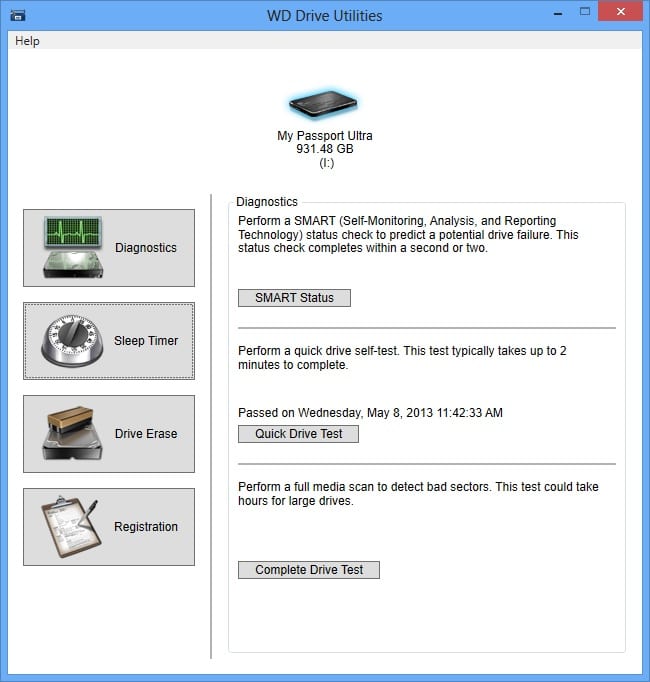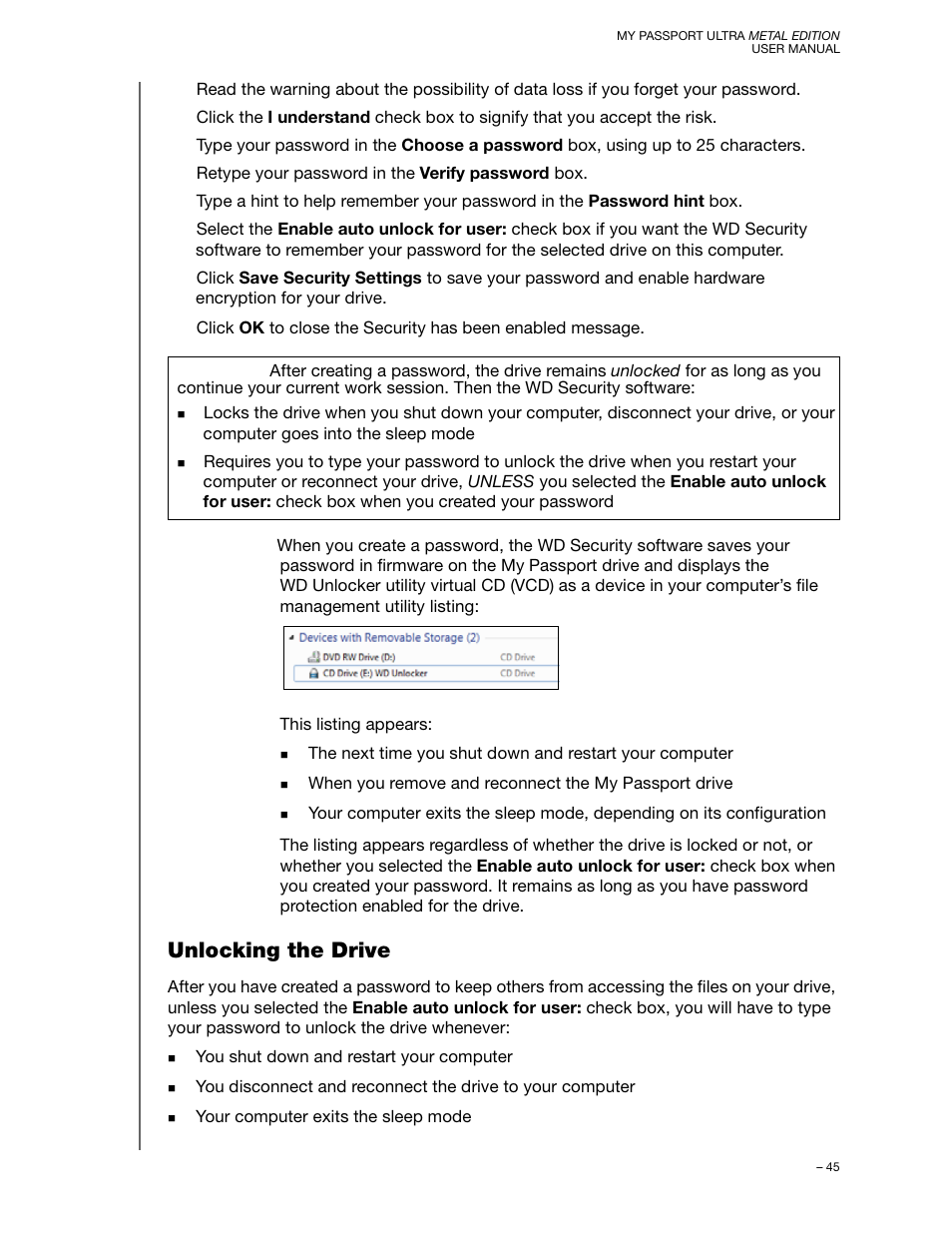


In this case things become more complicated, as you'd have to try take an image of the encrypted drive first etc harddrive is crypted/protected with the buildin manufactor mechanism. Which then gives the question if your drive does self-erase after multiple wrong passwords had been entered. Do you passwords contain things that are in a dictionary? What is your typical password length? What characters do you use, which don't you use? If you have a weak password scheme, it might be possible to automatically brute force. The main question is if you have a fixed password scheme that you use for your passwords, and how good that is. It will be really hard and take long, but it might be possible: WD Smartware for example back in 2015 were easy to crack due to them using a non-cryptographic random number generator. In the end, it all depends on if any security issues in the product make brute-forcing the password easier.

(Note : Instead of "sdb" enter the name of your WD as acquired in Step 2)ħ.First of all, what technology did you use to encrypt the harddrive? WD smartware? Bitlocker? Truecrypt? Veracrypt? In case link expires refer my github link for sg3_utils - Ħ. Then scroll down to download 1.42 - sg3-utils_1.42-0.1_b (for 32 bit system) or sg3-utils_1.42-0.1_b (for 64 bit system) and install it by just opening it. (Note: If usr/bin/python no such file or directory error display then install paython-minimul using this URL: sudo apt-get install -reinstall python-minimal) Install 'sg3_utils' package for your distro depends on the distro you use ! Its done twice since you will get an error after running once) 6. (Note: Enter your Password instead of THEPASSWORD. Unzip the files downloaded in the Download folder Type Command : dmesg | grep -i scsi (This will provide your WD Passport drive name)Įxample : In my case its "sdb" (See the line Attached SCSI disk above the WD My Passport)Ĥ.


 0 kommentar(er)
0 kommentar(er)
